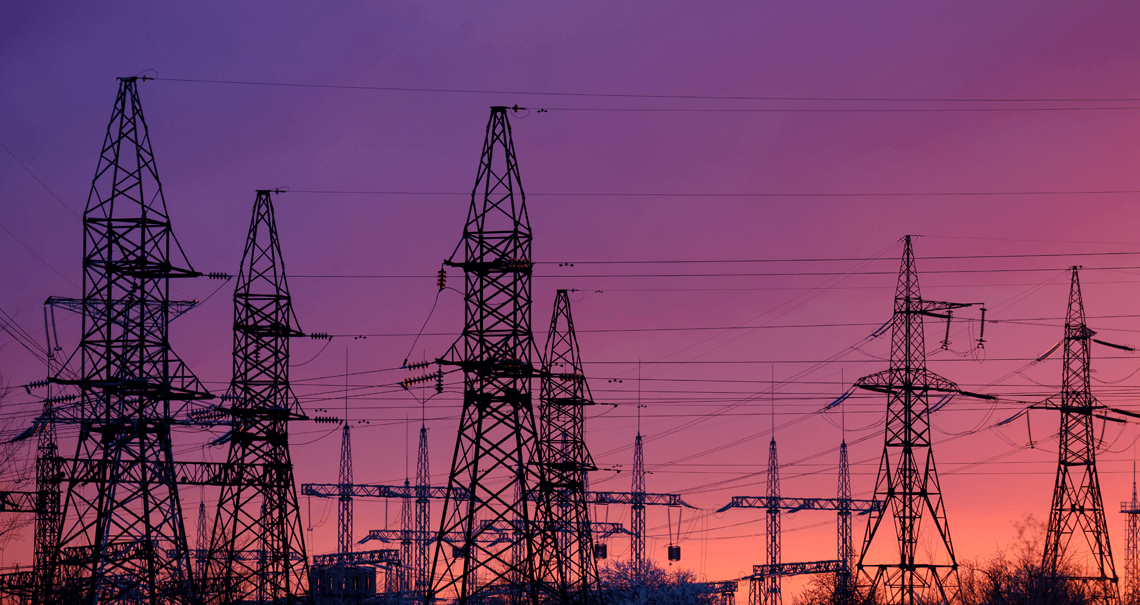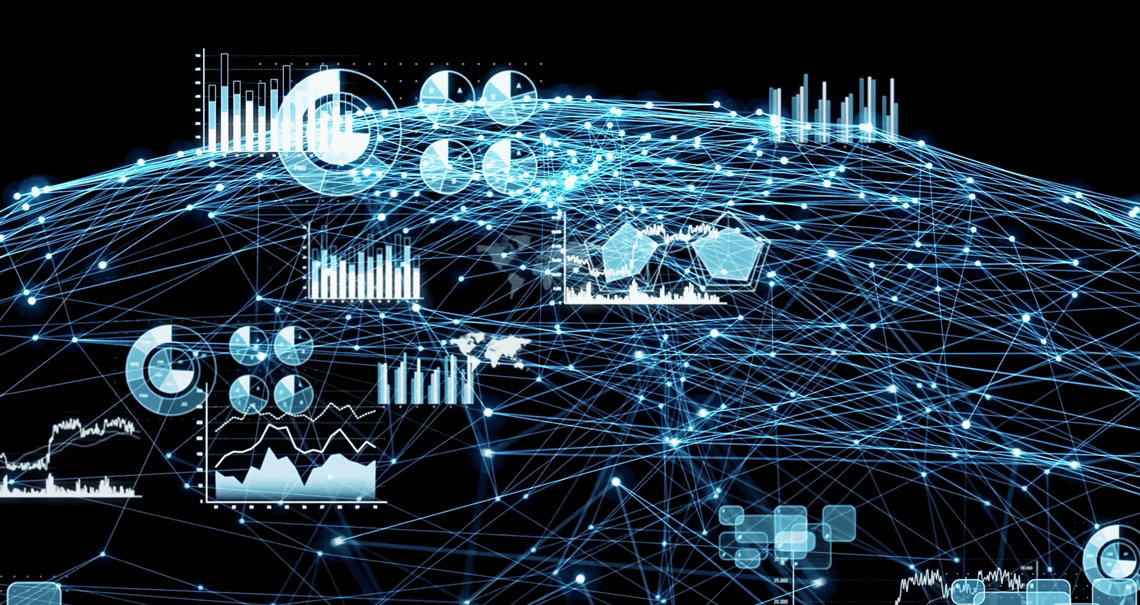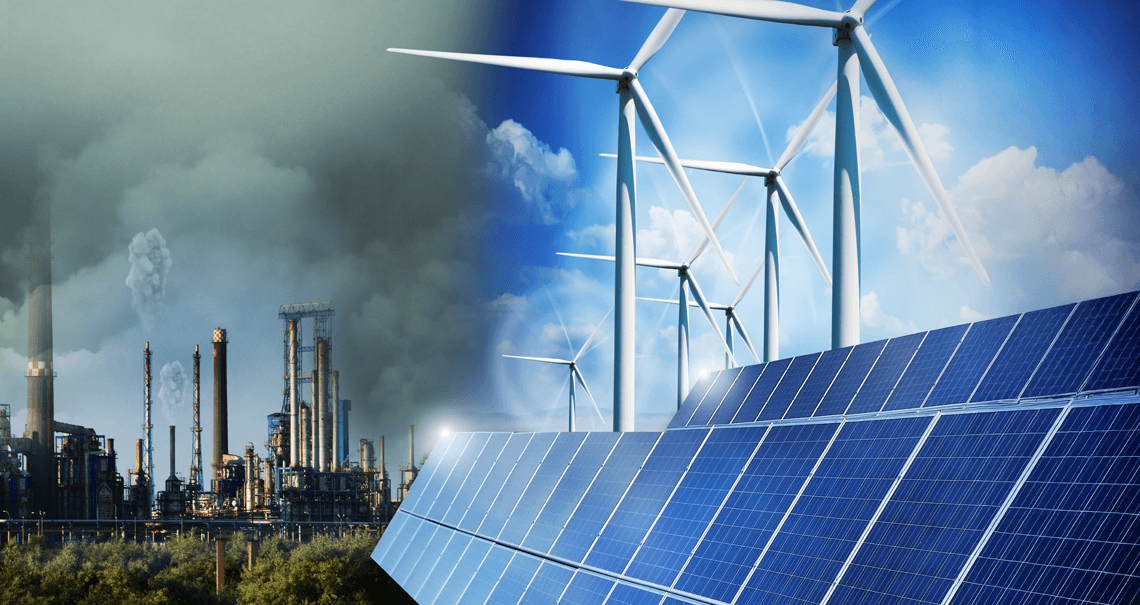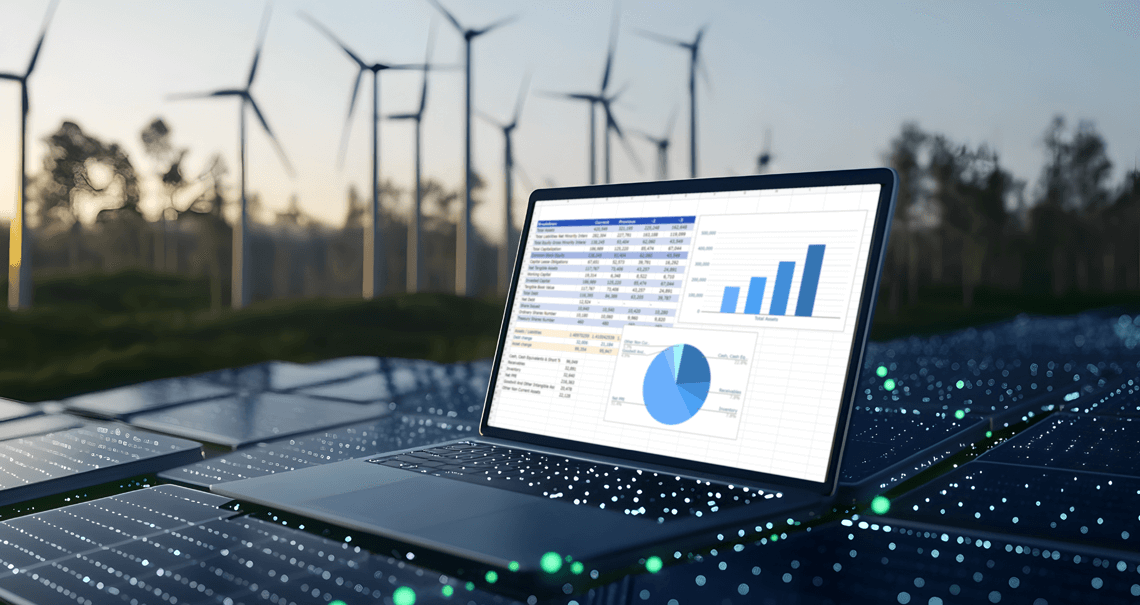Navigating Today’s Volatile Energy Markets: A Q&A With Jeff Davies, Founder of EnerWrap
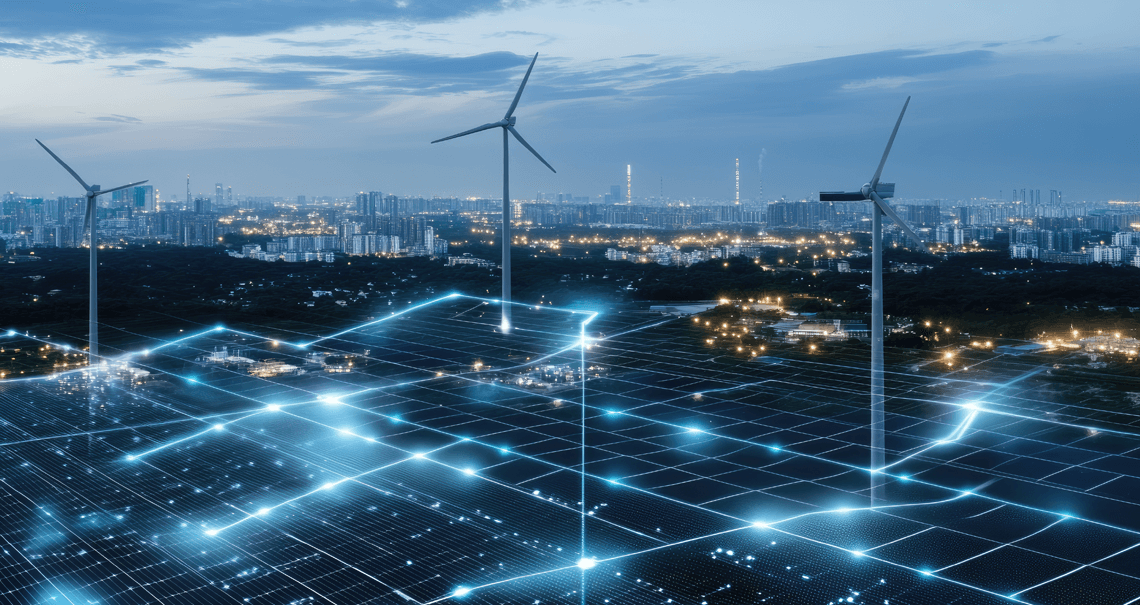
Rising power demands, a push for renewable sources, global political shifts, and technological advances all mean the energy market is experiencing a time of unprecedented volatility. While traditional energy markets were dominated by oil, gas, and centralized grids, it’s evolving into a diversified ecosystem to include solar, wind, and battery storage. This sets the stage for a new landscape of market dynamics.
EnerWrap is a free daily newsletter that helps professionals navigate the complexities of the energy markets with data-driven insights and visualizations across sectors like oil, natural gas, solar, wind, and battery storage. EnerWrap’s founder, Jeff Davies, is an energy analyst and trader with over 15 years of experience managing and investing in energy credit.
We sat down with Jeff to dig deeper into what’s driving these market shifts, emerging trends, and the biggest misconceptions in energy today.
The U.S. power grid is changing rapidly. What does that mean in terms of reliability, and is that change sustainable?
Jeff Davies: The data indicates no significant change in reliability. What's changing is really primarily generation capacity through solar buildouts, through battery buildouts. At the end of the day, grids go down a lot because of transmission issues. The problem is that in the U.S., there’s a three to five-year wait to get into an interconnection queue to build capacity. So we have this massive demand growth, but supply might lag because there are these regulatory traps and the challenges just to get new transmission built or to get a new power plant tied into the grid. So that's a big trend to watch, but I don't think reliability yet. We haven't seen it here. If you look at the daily data and hourly data, we set record after record after record in 2024, in the summer of 2024, peak power.
I think we're going to see some additional gas plants built. And what we're seeing is nuclear plants that were mothballed coming back. There are some small modular reactors being built in Wyoming. I think you see more of that as well because it's very hard to find clean power. And if you think about who the largest users of AI are, it's the hyperscalers: that means Apple, Microsoft, Google, Amazon and Meta/Facebook. Those are the main users of graphic GPUs and those types of things that are driving AI power demand. And all of those companies have green mandates, so a lot of this demand growth will inherently be forced to come from green energy because of the policies that those companies have in particular.
I think we’re going to see continued capacity growth, and time will tell if my bigger worry is supply and demand imbalance. I think once we get to where we want to be, I'm not as concerned about reliability.
Adding renewables to the U.S. energy grid is outpacing other energy sources. Despite this, there’s a lot of uncertainty about whether we’re on track to triple renewables by the end of the decade. Do you think this goal is achievable?
Jeff Davies: I think it's achievable, but the political environment may cause delays. I think it’s doable in a perfect world where people don't debate these issues and just want to get it done, but that's not the world we live in.
I think there are risks to [the US energy grid outpacing other energy sources]. I personally continue to be surprised by the amount of growth. As I’m curating my newsletter, there were weeks where every day brought news of a new solar or battery project. So this is happening quickly, and on a massive scale. I think it’s going to continue.
We’re seeing a massive trend in data centers being built to keep pace with AI. There’s also a huge renewable energy push. Can these two truly coexist?
Jeff Davies: I think they can coexist because they're going to grow naturally at a similar pace. I'd be more concerned if we were going to build a bunch of data centers and we don’t even know where we're going to interconnect into, and where that interconnection is going to tie into what type of power. But nobody does that practically.
What are the biggest trends you’re seeing in the energy markets today?
Jeff Davies: There are a few trends that are widely discussed in power markets. One is the increasing power demand, especially in the U.S., but also globally. Some of the forecasts for AI suggest U.S. power demand could rise 50% over the next decade after being flat for 20 to 30 years. These are big changes.
On the supply side, there is massive growth in renewables. The biggest story is the shift in supply and demand, and I’ve been highlighting solar and battery charge as the big stories. I think natural gas is an underrated story. It continues to increase demand growth of capacity and generation, in particular. But it's really a solar and battery story. If you look at the kind of capacity being added in the U.S. that's on the order of magnitude of 80% of it, it’s solar and battery. Battery storage, in particular, is becoming a bigger story. It has kept prices lower and is starting to remove volatility from energy prices too, which is good for consumers.
What is the biggest misconception about today’s energy markets?
Jeff Davies: Given the environment we're in, who is president is considered super important — but I don’t think that’s the case. We get into debates and arguments, even within the energy industry, about what will happen if one president or another is elected. But the reality is the energy industry is the largest, most capital-intensive industry on the planet. Everyone uses it, and no single person can change it. The market is that large, that interconnected, that complex.
The politics of it all is not truthful. This is an industry. I look at the oil and gas industry, and even with a lot of layoffs recently, we keep hitting all-time high production through efficiencies. Boiling down how the energy markets are influenced by one human being is dismissive of all the hard-working people in those industries.
Where do you see the future of energy markets going?
Jeff Davies: What's fascinating about energy markets is there are so many variables that impact them — geopolitics, macro, micro, country-specific factors. It's a market that's going to have a significant change, but these are such large scale changes that's going to take decades. So it really depends on timing.
I think in the next couple decades our power portfolio will be significantly renewable, which will have massive impacts on oil demand. I do think oil demand is likely peaking soon, so we're going to be in this unprecedented market of increasing power demand, increasing power supply, decreasing oil demand. I think that’s going to create a lot of volatility around energy markets.
What inspired you to start EnerWrap?
Jeff Davies: A lot of people are oil and gas people, renewable people, energy people, power people, or midstream people. Having invested across all of these subsectors gives me a unique perspective. I'm trying to bring an all-encompassing perspective to what's happening across energy markets broadly and what you should be aware of from the news and data.
It’s why EnerWrap’s tagline is “Data-Driven Energy Insights.” I see a lot of bias in energy reporting and analysis, especially in the current political environment. For example, someone claimed energy prices dropped 50% the other day — there's no truth to that, and there's not a lot of truth to a lot of things that people talk about in energy. So if you just provide the data, the data is the truth.
You’ve created many of the data visualizations on EnerWrap. Tell us more.
Jeff Davies: EnerWrap focuses on creating accessible data visualizations because most people don’t want to read pages of text. I've found success in letting the data tell the story with visualizations.
It’s a Google add-on called Wrapify. It’s basically a tech stack to tie into various energy data APIs — Grid Status, EIA, Our World in Data, Ember. In just a few clicks, you can pull global data, create visualizations, and automate updates that you can turn into either a daily update or a PDF around those data visualizations.
Wrapify integrates Datawrapper, which is an independent company that has a great data visualization platform. What Wrapify allows you to do is pull whatever data you want into the sheet, wrangle it however you need for whatever chart, map, or table you want, and then send it to the sheet into this cloud-based service. It also has a number of data API integrations, so you get access to millions of data sets at your fingertips.
As a self-proclaimed BBQ aficionado, what are your best BBQ tips for those who want to improve their pitmaster skills? What are your go-to BBQ spots in Houston?
Jeff Davies: I used to live up in north Houston, and my favorite spot was Tejas Barbecue. I personally think that's one of the better barbecue spots here in town. I’d also recommend Pinkertons for their ribs. I used to have a pipe smoker, but now I'm down to just an electric smoker.
If you have a smoker, smoke some baby back ribs. If you don’t, cut the ribs into single pieces, place them on a baking sheet with a wire rack, and cook them at 350–400°F for about two hours with some spice on them. Then take one part honey, one part soy sauce, one part gochujang, and mix that together, get it warm, maybe with some garlic and ginger. And then you have Korean-inspired sticky ribs for yourself. So put it on the ribs and you're good to go.
Jeff has over 15 years of experience analyzing and investing in energy-related financial instruments and companies across all areas of the industry. You can catch up with Jeff’s latest insights for navigating today’s complex energy markets at EnerWrap.com and by subscribing to his free daily newsletter. For personalized consulting services, you can reach Jeff at jeff@wrapify.tech.


